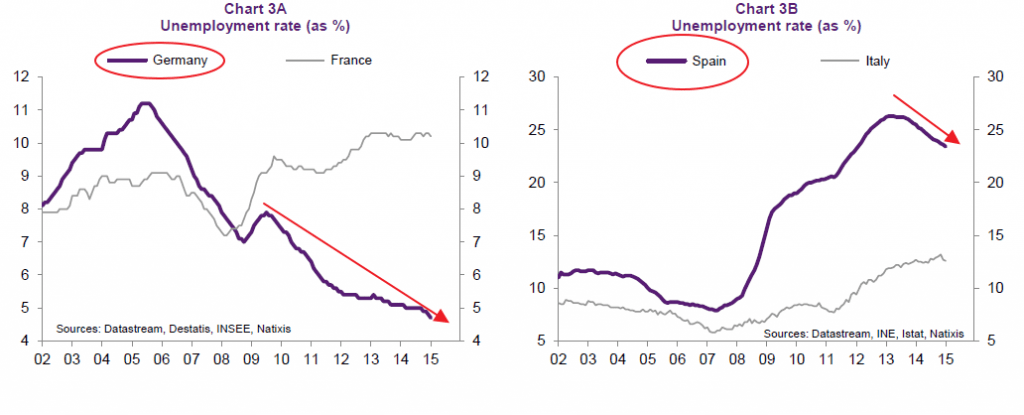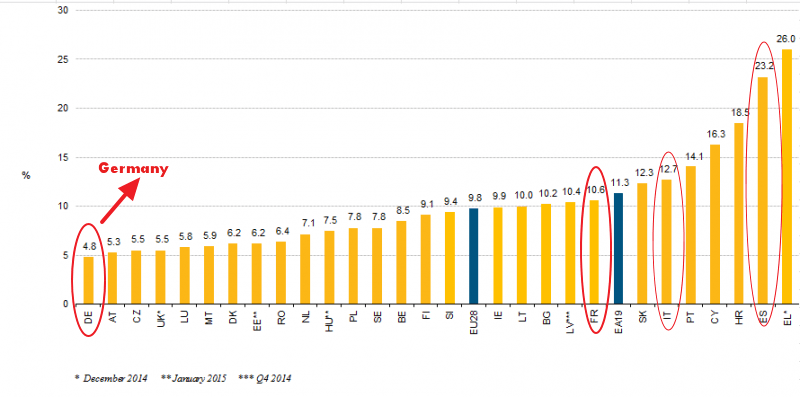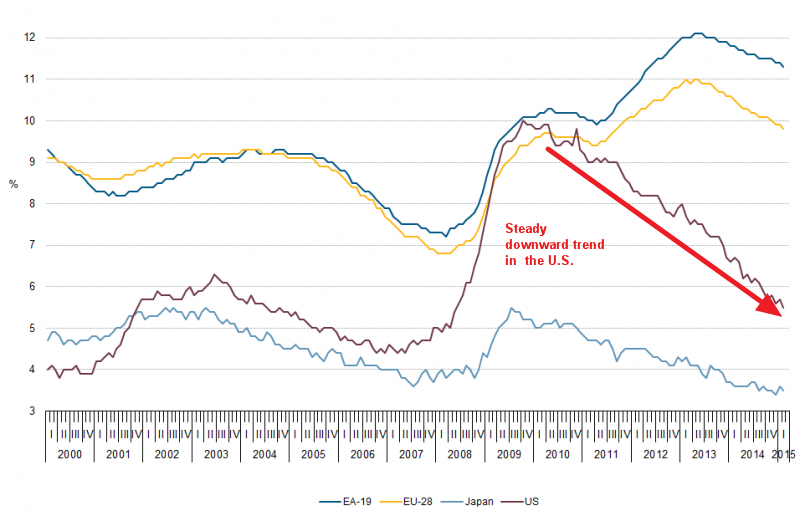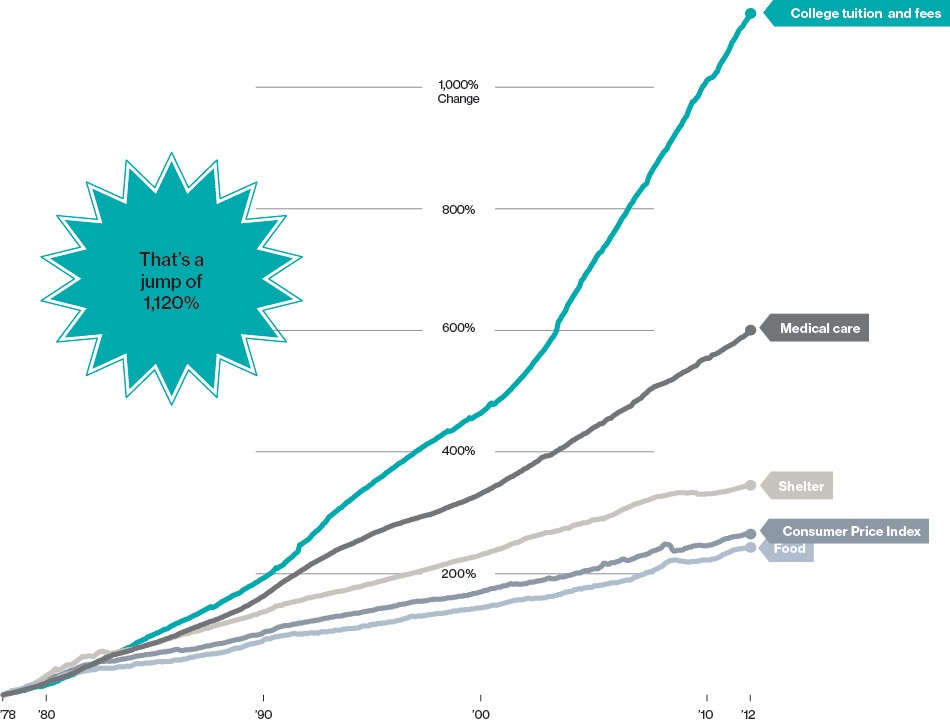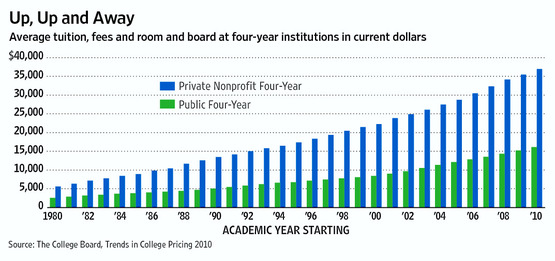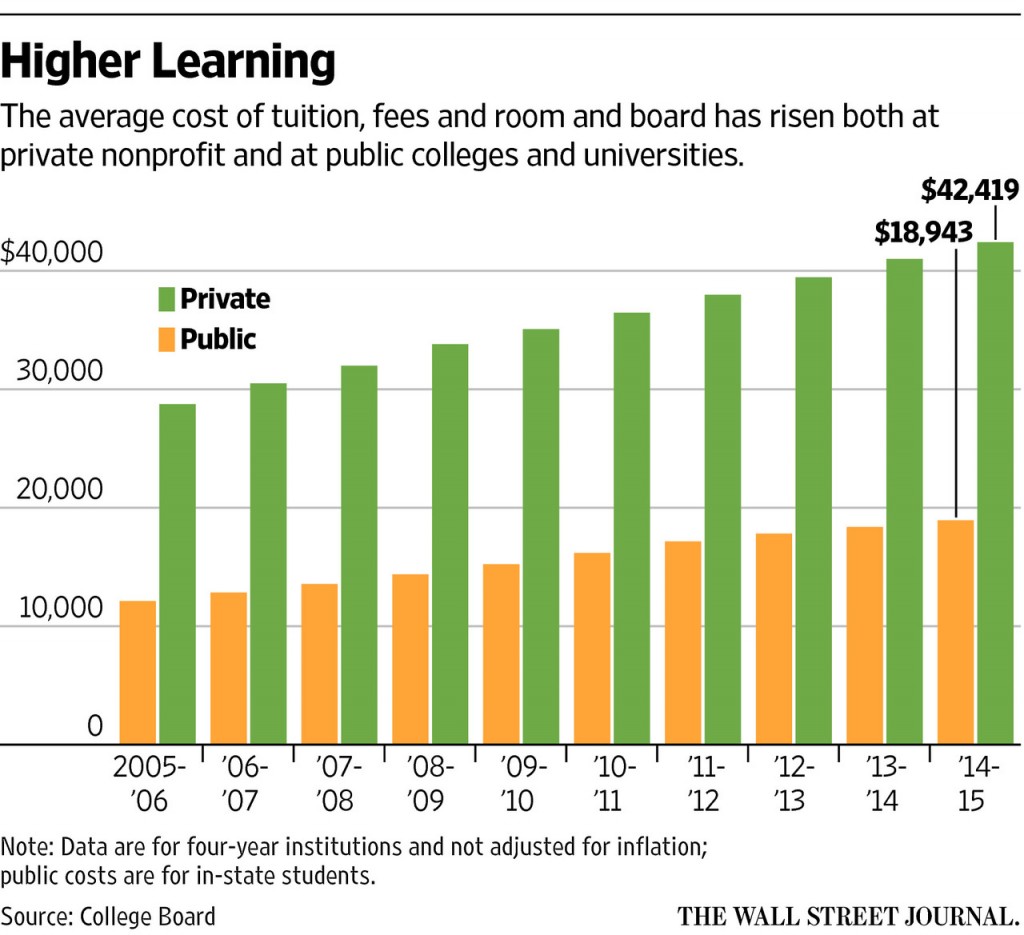- Why International Diversification Matters Today (Blackrock)
- No-one has ever made real money following the crowd (MoneyWeek)
- Switzerland is ‘world’s happiest’ country in new poll (BBC)
- What professions are oversaturated? (Marginal Revolution)
- Significant Slip—or Just a Blip—in Emerging Markets’ Foreign Exchange Reserves? (Mark Mobius)
- The case for index-fund investing (Vanguard)
- The psychology of market highs (Fidelity, UK)
- A Stagnating Minimum Wage Drives Inequality (EPI)
- 10 mistakes to avoid and actions to take when you come into a windfall (Money Observer)
- Five potential pitfalls of preferred shares (Financial Post)
Chicago



